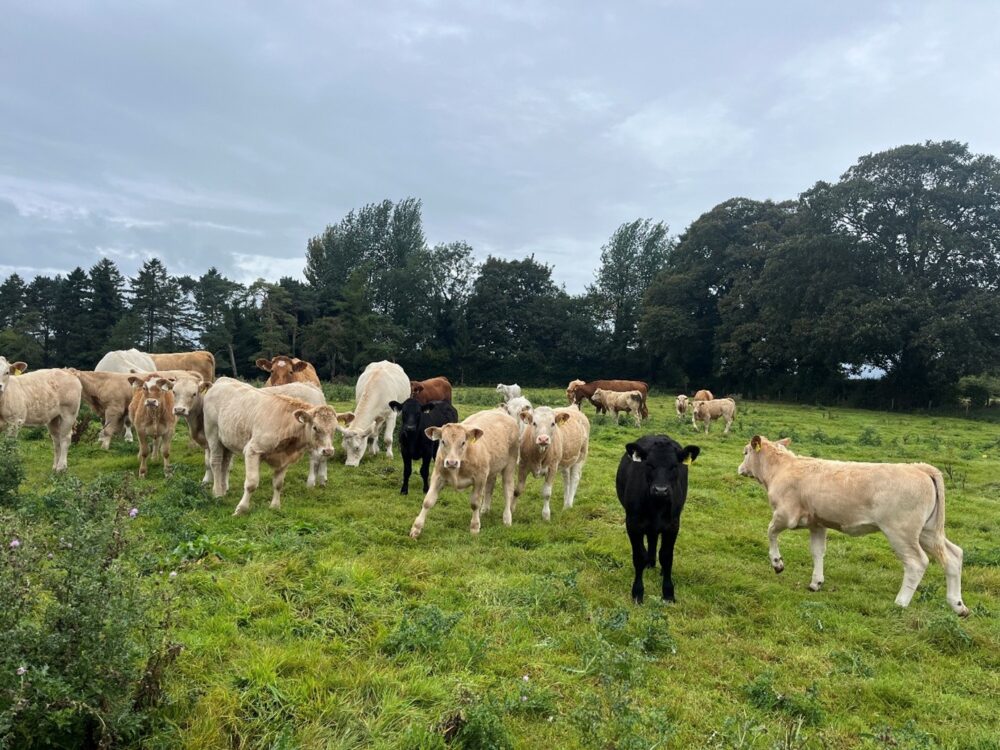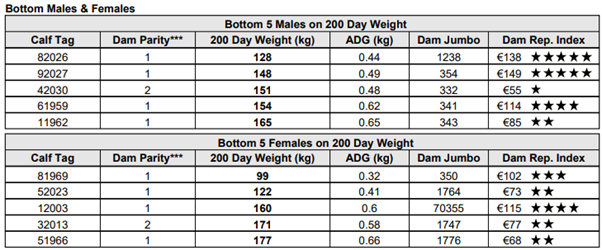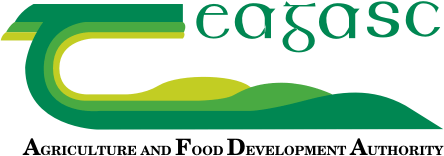Media
John and James recently hosted the first LiveNet meeting in Ireland on their farm. The LiveNet project is a major European initiative aimed at strengthening advisory services for livestock farming. It’s funded under the EU’s Horizon framework and runs from 1 January 2025 until 31 December 2029. It will establish an EU-wide network of livestock advisors covering the 27 EU Member States, the UK and Switzerland.
The aim is to support sustainable livestock production (dairy, beef, sheep, goats, pigs, poultry) by fostering knowledge-exchange, collaboration and the scaling up of innovative advisory practices.
Key features include:
- Collecting, selecting, adapting and validating 100 Innovative Advisory Practices (IAPs) for sustainable livestock production across Europe.
- Embedding the network within national Agricultural Knowledge & Innovation Systems (AKIS) and connecting regional networks, thematic clusters (e.g., environment-friendly production, one health, generational renewal) and multi-actor groups (advisors, farmers, researchers, value chain).
- Scaling up solutions via training, demonstrations, advisor-peer exchanges, and through a digital “Advisory Agrihub” platform where advisors can access tools, training and share knowledge.

Figure 1: Tom O’Dwyer (Teagasc) outlines the purpose of the flux tower to the group which is located on the outfarm
Grassland
James measured grass on the outfarm in Rathfeston on 21st September. The farm had a cover of 859 kg DM/ha at growth rate of 33 kg DM/ha/day and a demand rate of 36 kg DM/ha/day. John and James started closing paddocks on the farm from the end of September and grazing finished completely on 29th October when the last group of cattle were brought home. This will allow grass covers to build over winter for the weanlings and some store cattle to be turned out early next spring.

Figure 2: Grass wedge on 21st September

Figure 3: The store cattle were housed on 29th October
Performance
John weighed the suckler cows and calves for the SCEP scheme on 20th September. The bulls (29) averaged 215kg and had gained 0.82 kg on average from birth, while the heifers (41) averaged 225kg and had gained 0.92 kg/day since birth. According to the weaning performance report the 200 day weights were below the targets; at 224kg (target 300kg) for the bulls and 208kg (target 250kg) for the heifers.

Figure 4: Suckler beef calves pictured before weaning
On further analysis of the bottom performers, it shows that the lowest ADG’s ranged from 0.32kg/day to 0.66 kg/day which is significantly lower than the top male at 1.27 kg/day. While the bottom performing calves were mainly from first calved heifers, 7 out of 10 of the dams were bought in as heifers in April 2024. Their daughter milk figures range from -2kg to +2.5kg, with an average of +0.69kg which is extremely low and would definitely have contributed to the lower weight gains in their calves. As John has been focusing on building numbers in the herd after the sub fertile and infertile bulls, he is now in a position where he does not have to buy in replacements and thus has a strong focus on breeding his own. This will allow him to cull these poor performing cows and replace them with milkier cows that can produce heavier calves.

Figure 5: Bottom 5 males and females on 200 day weights (Source: ICBF)
The dairy beef calves were also weighed on 22nd September. The bullocks (69) averaged 152kg and gained 0.52 kg/day since birth, while the heifers (52) averaged 144kg and had gained 0.5 kg/day since birth. John was disappointed with these, but had expected them to be below target as they had a bad outbreak of a respiratory virus over the summer after weaning, despite being vaccinated and having no losses before weaning. 19 calves passed away as a result, despite veterinary treatment which has resulted in a 13% mortality rate. One batch of bought in calves appeared to be more badly affected than their comrades and were visibly sicker. They have since recovered from the virus and have been treated for lung and stomach worms but will need extra attention over the winter period. The lightest ones were already separated for extra minding at grass.

Figure 6: Dairy beef calves in for treatment for respiratory disease
